About Project WILD
Sponsored by the Association of Fish and Wildlife Agencies, Project WILD's mission is to provide wildlife-based conservation and environmental education that fosters responsible actions toward wildlife and related natural resources. All curriculum materials are backed by sound educational practices and theory and represent the work of many professionals within the fields of education and natural resource management from across the country.
What is Project WILD?
- Focus on wildlife:
The program centers around learning about different wildlife species and their habitats.
- Interdisciplinary approach:
Activities can be integrated into various subjects like science, social studies, and language arts.
- Hands-on learning:
Activities are designed to be interactive and engaging, encouraging students to explore nature directly.
- Target audience:
Project WILD provides professional development workshops for educators to equip them with the necessary skills to deliver the program effectively.
- Global Reach:
Project Wild/Wild Aquatic is used in many countries around the world, adapting its curriculum to local wildlife challenges.
Love Project WILD? Wish there was a version just for younger learners? You're not alone! Growing Up WILD is an early childhood education curriculum designed to tap into young children's natural sense of wonder about the world around them. Tailored for ages 3–7, this resource invites kids to explore nature and wildlife through hands-on activities that build foundational academic, social, and emotional skills. With 27 field-tested units, Growing Up WILD supports developmentally appropriate practice and aligns with both the NAEYC Standards and Head Start Domains. Join us for an interactive workshop where we’ll dive into these fun, engaging lessons—perfect for early childhood educators. Come ready to move, play, and connect with your inner child as we explore nature-based learning made just for littles!
Program offerings
Project WILD workshops are intended for K-12 teachers and environmental educators, covering the wide spectrum of wildlife diversity in our main programs: Terrestrial, Aquatic, and Bird.
Main programs
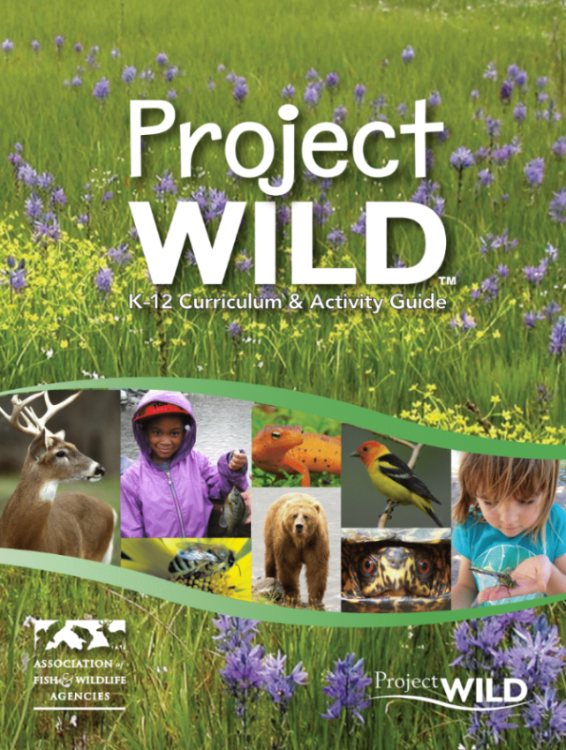
Project WILD (aka Terrestrial WILD) Curriculum & Activity Guide
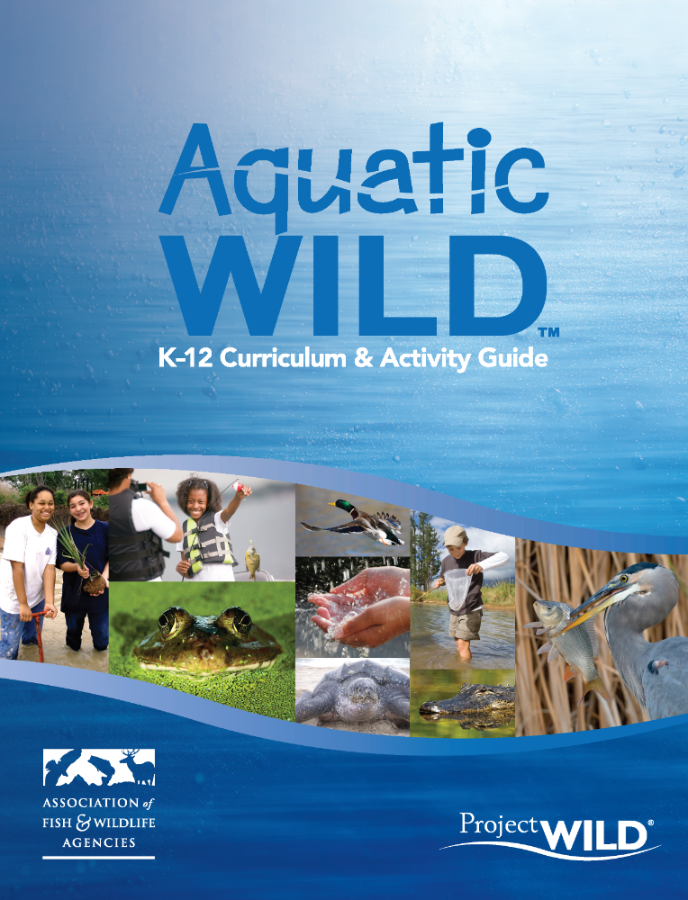
Aquatic WILD Curriculum & Activity Guide
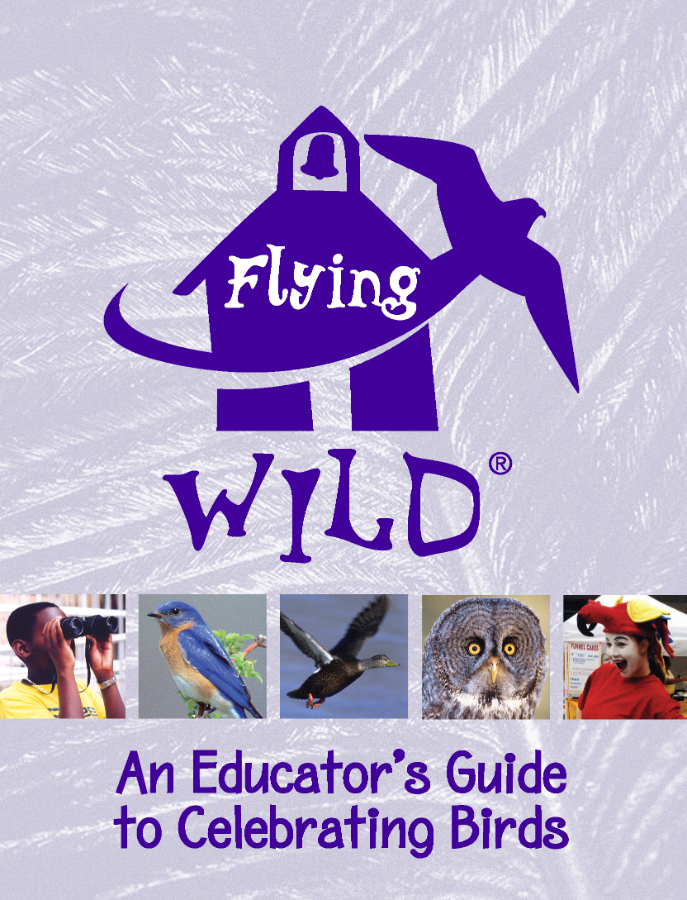
Flying WILD
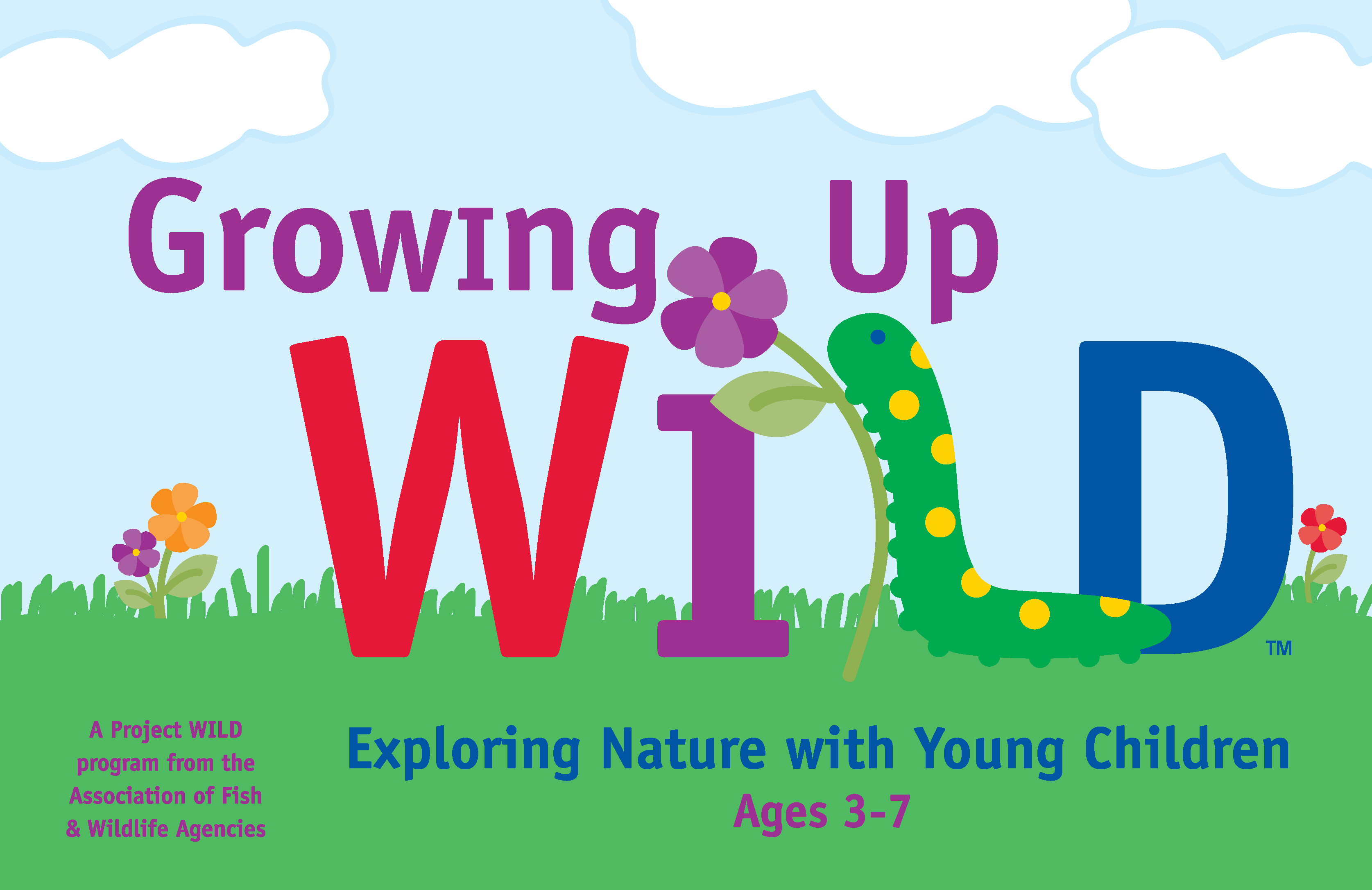
Growing Up WILD
Specialized programs
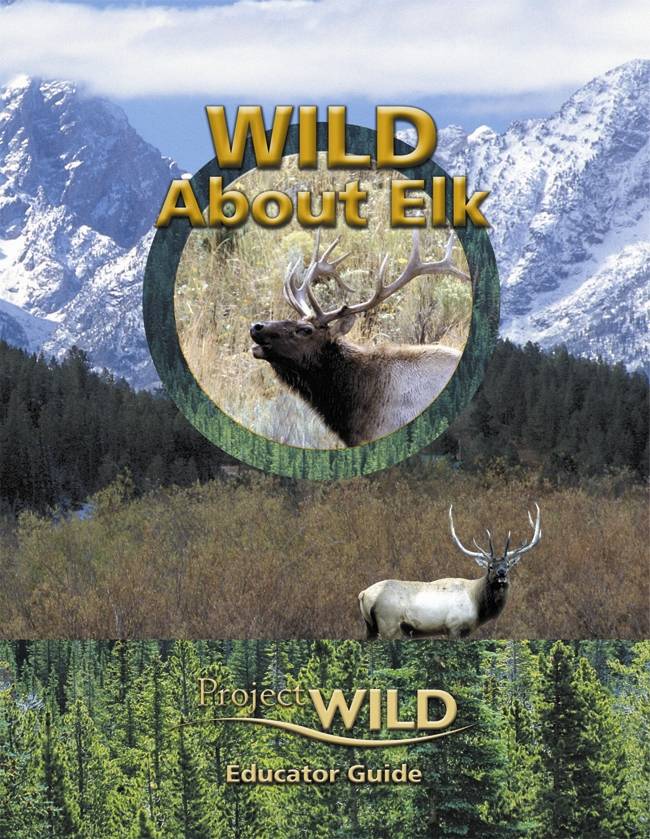
WILD About Elk
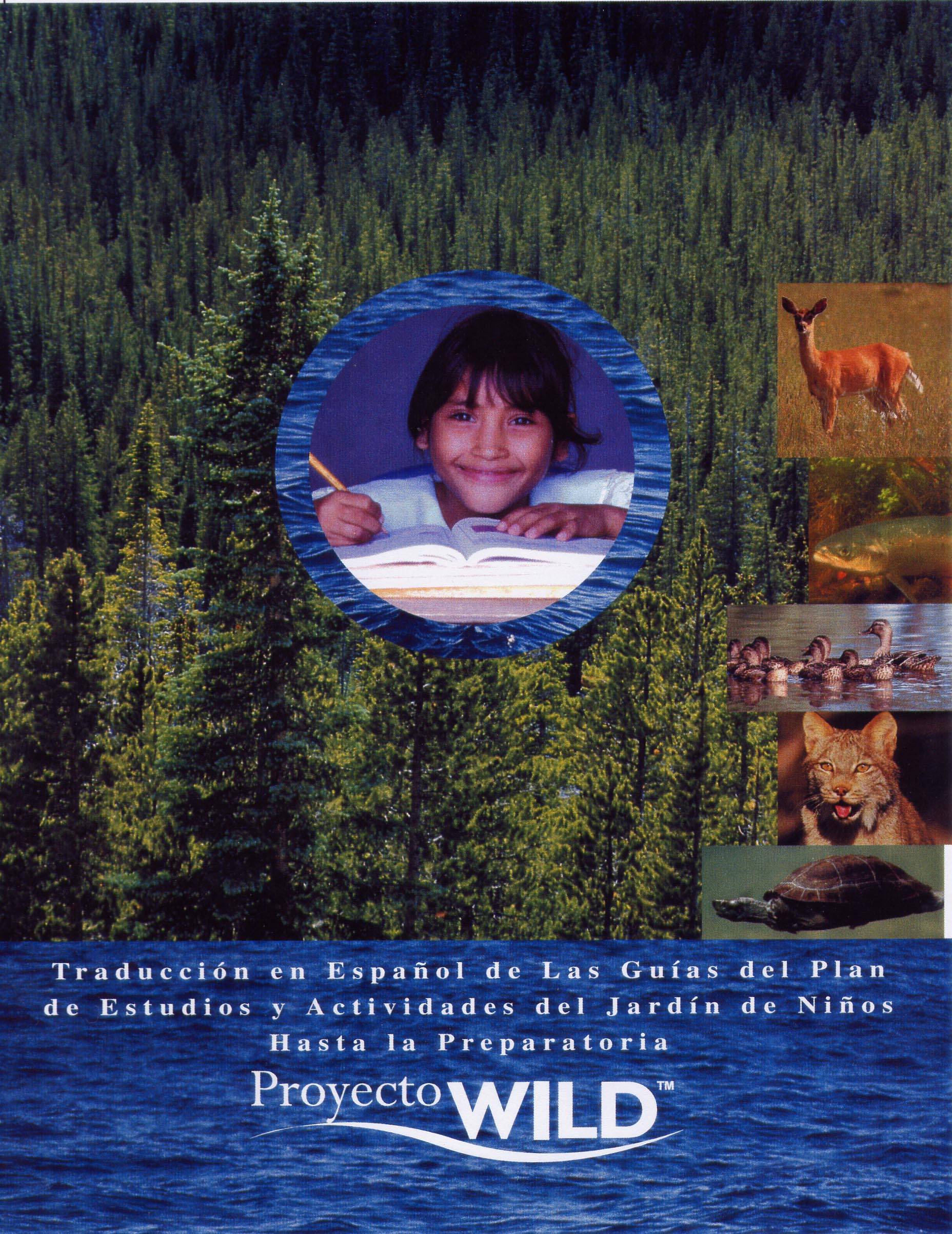
Proyecto WILD
History in Missouri
After being released nationally in 1983, Project WILD first came to Missouri in the Kansas City Public School District in 1991 and to the St. Louis Zoo in the 1992. It was picked up by the Missouri Department of Conservation’s Office of Environmental Education as the first sponsoring agency and first state coordinator. State-wide WILD workshops were then offered statewide. In 2017, Project WILD was transferred to Missouri State University under the Bull Shoals Field Station. MSU is now state sponsor for and houses the state coordinators for Missouri Project WILD.
For more information visit the Project WILD Homepage: Project WILD Homepage
State Coordinator for Missouri -
Dr. Melanie Carden-Jessen
Dr. Melanie Carden-Jessen
Secondary Science Education Program Coordinator
Project WET, WILD, and PLT State Coordinator
School of Earth, Environment and Sustainability
Missouri State University
901 S. National, Blunt Hall 367
Springfield, Missouri 65897
MCardenJessen@MissouriState.edu
417-836-3231